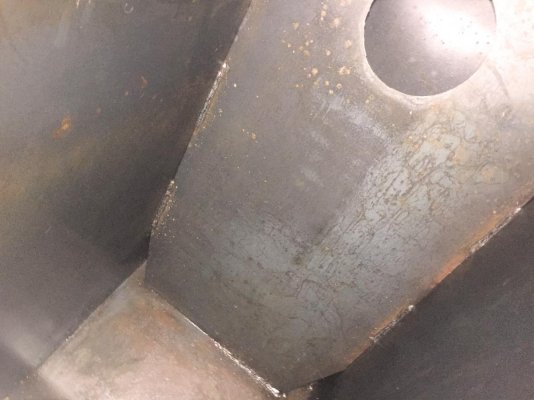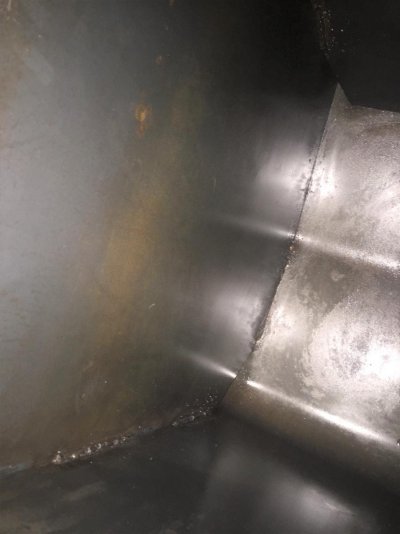kapnd
Guru
- Joined
- Aug 31, 2013
- Messages
- 879
- Location
- usa
- Vessel Name
- #31
- Vessel Make
- ex-Navy MUB 50 fish/cruise
Fill only one tank for test , then transfer that fuel to the other tank for test.
Sounds like the owner is pretty sure there is a problem with the tanks and doesn’t want to deal with it, so they will likely bargain for it.
Adjust your bid for two new tanks.
If they won’t go for that, keep shopping, I’m sure there’s other boats that will fill your needs.
Sounds like the owner is pretty sure there is a problem with the tanks and doesn’t want to deal with it, so they will likely bargain for it.
Adjust your bid for two new tanks.
If they won’t go for that, keep shopping, I’m sure there’s other boats that will fill your needs.




